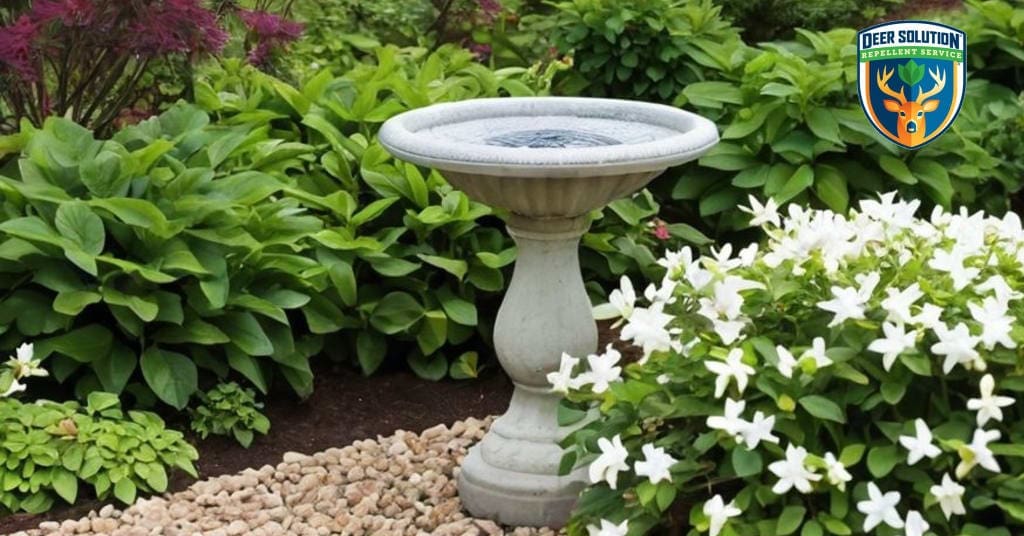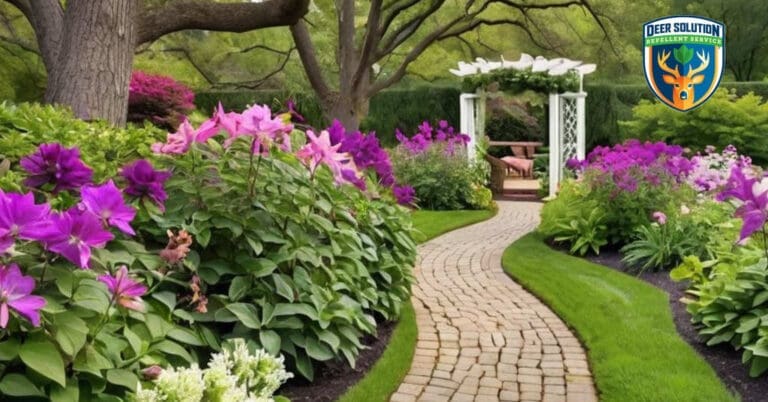Every gardener treasures the moment when their garden bursts into life with vibrant blooms. Among the favorites are clematises, known for their stunning flowers and climbing grace. But when a deer pays a visit, what happens? Do deer eat clematises? Let’s dive into the habits of these woodland wanderers and how you can keep your cherished plants safe.
A Surprise Guest: When Deer Encounter Clematises
It’s a serene morning in the garden, but as you stroll through, you notice something amiss with your clematis. This scenario is all too familiar for many who cultivate these beautiful climbers. Though not a preferred snack, deer might nibble on the tender shoots of clematis when their usual food sources are low, especially in the off-season.
Clematis: An Occasional Treat for Deer
Why don’t deer regularly feast on clematis? Simply put, they tend to prefer more accessible, abundant fare. But, seasoned gardeners will note that during a particularly harsh winter or a dry spell, even the most unassuming plants can become targets. Remember, deer are opportunistic feeders—what they ignore today, they might indulge in tomorrow.
Nutritional Bites: What Clematis Offers Deer
While not a mainstay, clematis does offer some nutritional benefits to deer, providing hydration and essential nutrients during drier months. However, these instances are more about survival than preference, making clematis an emergency refreshment rather than a go-to meal.
Understanding Deer Behavior in Your Garden
The key to safeguarding your clematis lies in understanding deer behavior. These animals typically browse at dawn and dusk. Noting these patterns can help you predict and prevent their visits. Incorporating strategies to protect your plants during these vulnerable hours can save your garden from becoming a deer buffet.
Strategies to Deter Deer from Your Clematis
What can you do to keep your clematis safe? Here are a few gardener-tested tips:
- Mix It Up: Surround your clematis with deer-resistant plants like lavender or sage. Their strong scents and textures can discourage deer, making your garden less inviting.
- Seasonal Tactics: Adapt your strategies with the seasons. More deterrents may be needed when natural food sources dwindle.
- Vigilance is Key: Keep an eye on your garden. Early signs of deer can help you take action before your plants suffer.
Why Deer Preferences Change
It’s important to understand that deer feeding habits can vary greatly depending on several factors. Seasonal changes, local food availability, and even specific regional behaviors can influence what deer choose to eat. During a tough winter, for instance, deer might sample plants they would typically avoid. Similarly, a drought can lead to deer venturing into gardens in search of moisture-rich plants like clematis. By staying aware of these factors, gardeners can better anticipate and mitigate potential deer damage.
Custom Solutions from Deer Solution
If you’re looking for more tailored advice, Deer Solution can help. Our experts can craft a protection plan specific to your garden’s needs, focusing on sustainable practices that keep your plants safe and support local wildlife harmony.
Commitment to Eco-Friendly Gardening
Choosing Deer Solution means opting for an environmentally conscious approach to deer management. Our all-natural solutions ensure your garden thrives without negatively impacting the surrounding ecosystem.
Get Expert Gardening Insights
Ready to protect your garden from deer or curious about eco-friendly options? Contact Deer Solution for guidance from seasoned gardening experts dedicated to helping you cultivate a flourishing garden year-round.












